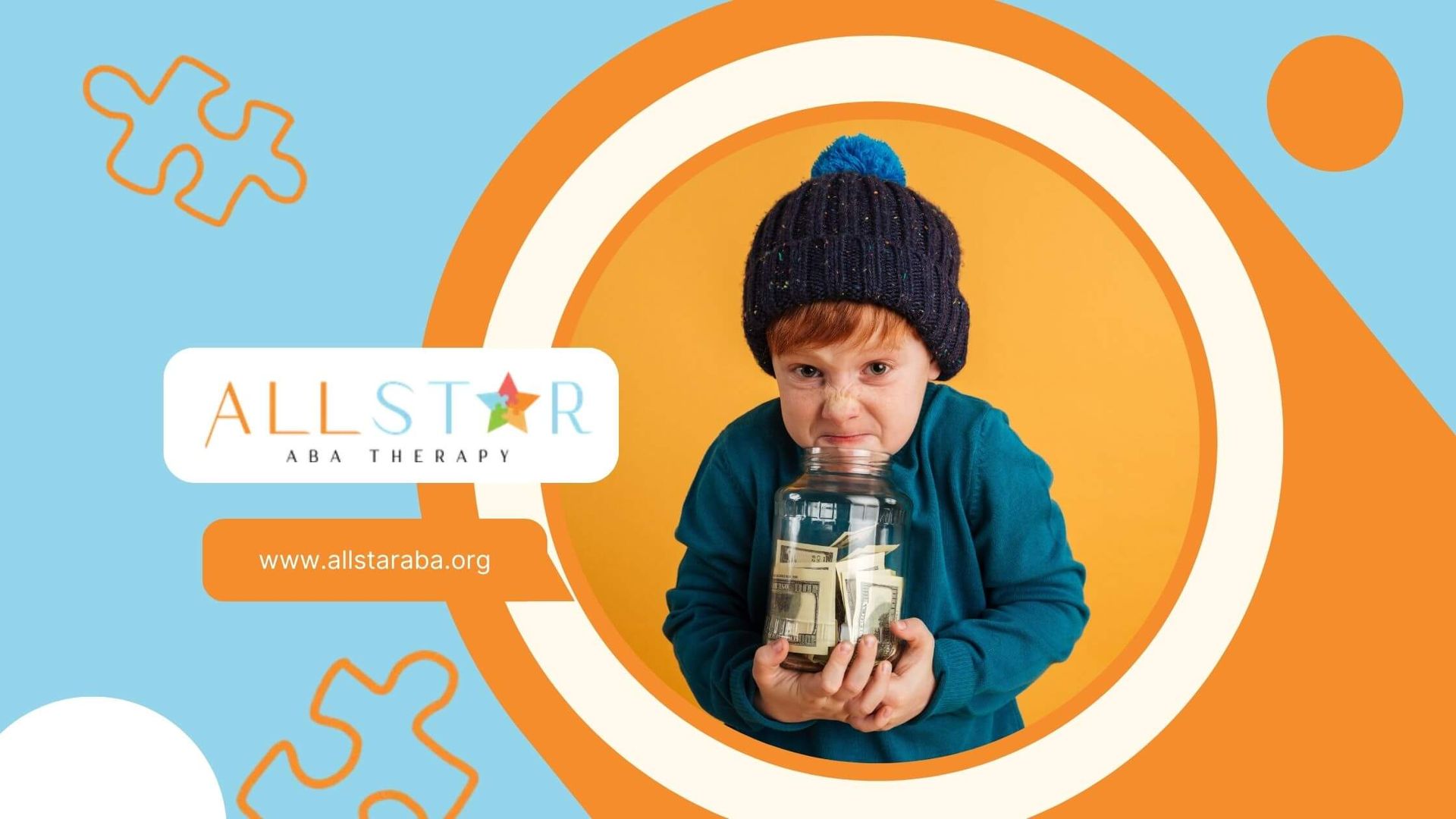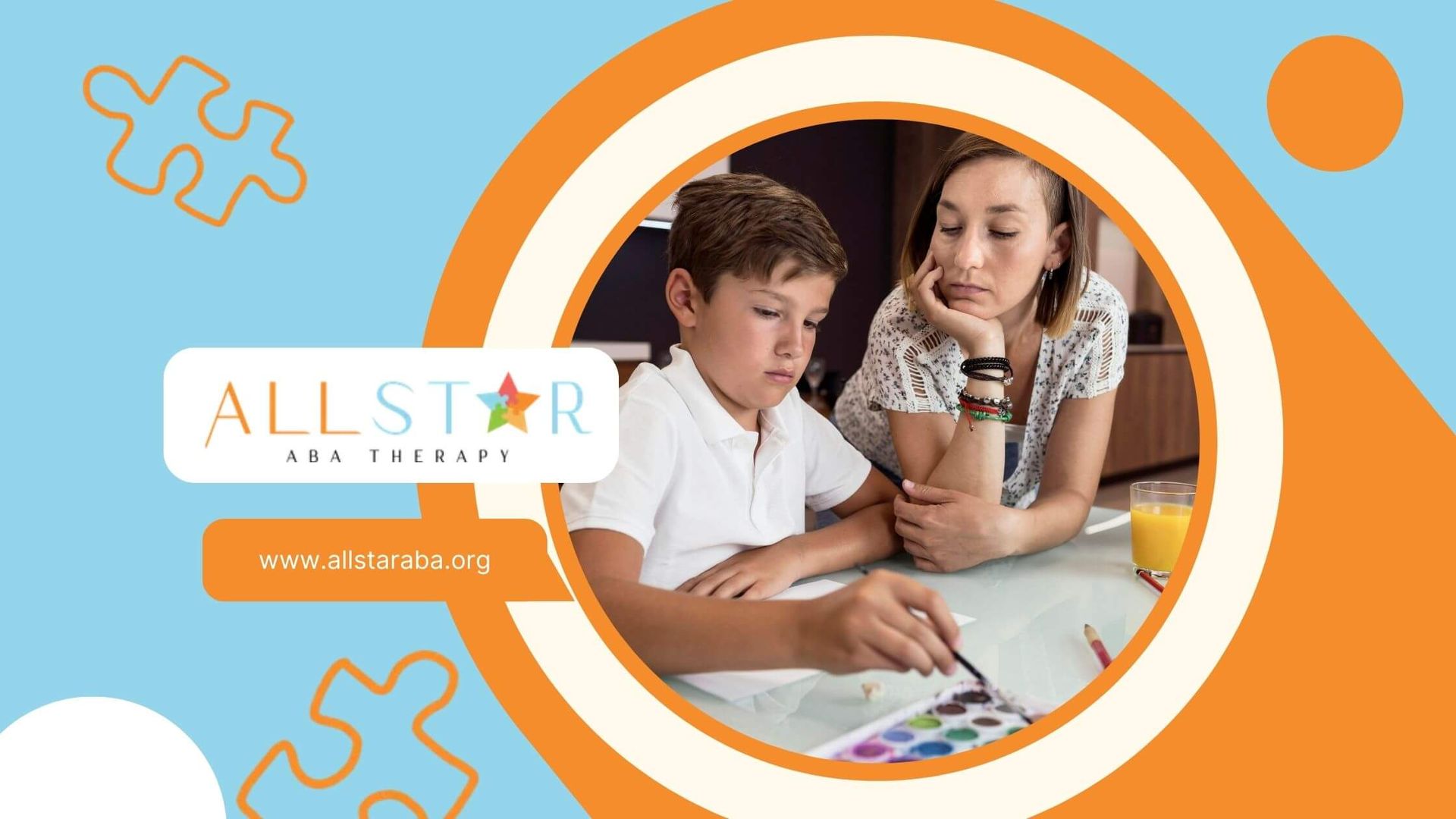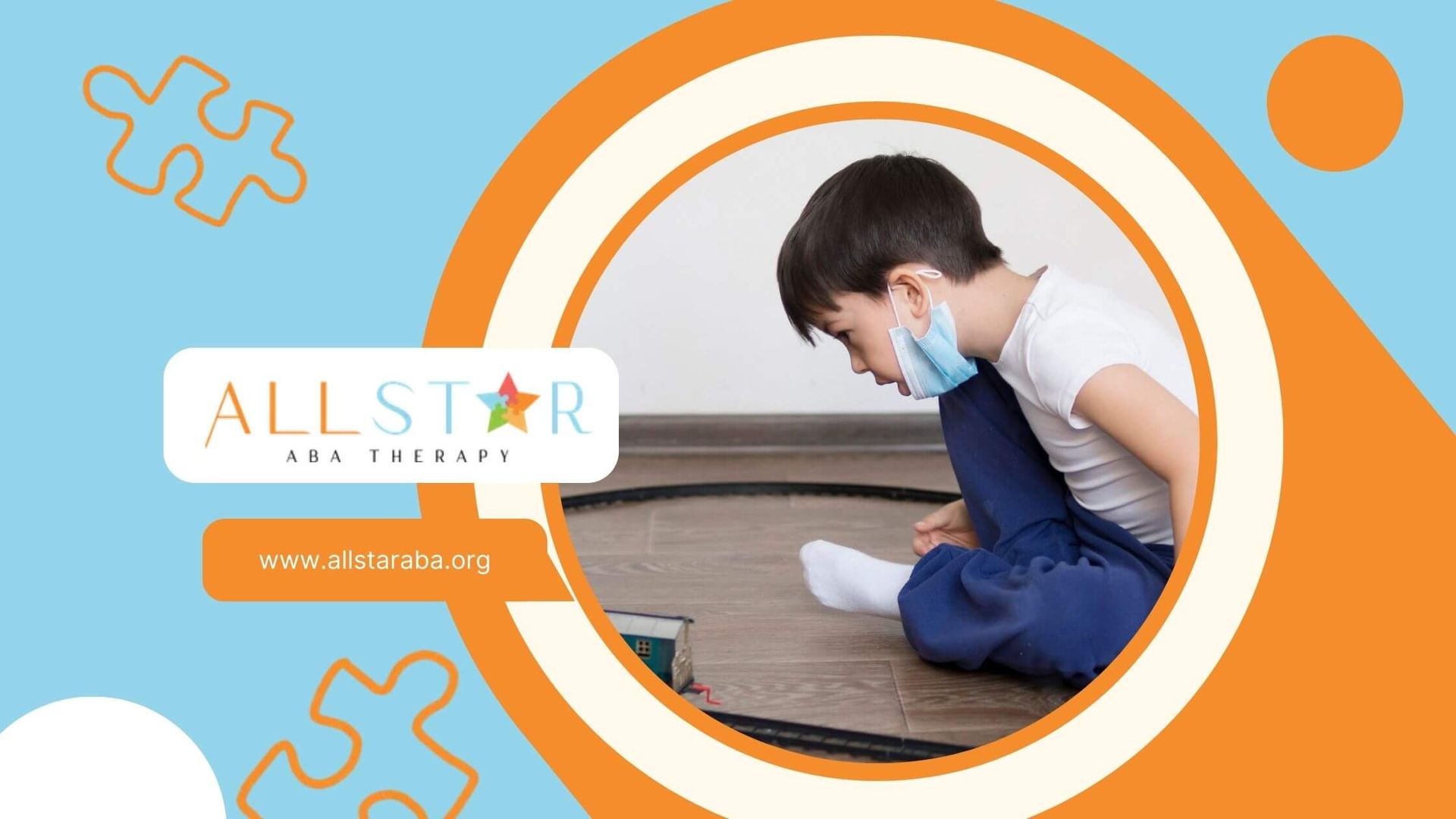New Paragraph
Are Autistic People Deep Thinkers? Science Explains
Are autistic people deep thinkers? Research shows many autistic individuals engage in highly deliberative, thoughtful thinking. Unlike quick, intuitive decisions common in neurotypical people, autistic thinking often involves slow, logical, and detailed analysis.
What the Research Says
Studies find about 42% of autistic people favor a deeper, more analytical thinking style known as deliberative processing. This means they carefully consider information before responding and excel at pattern recognition, systemizing, and problem-solving.
For example, autistic individuals often focus intensely on interests, becoming experts in topics like trains, animals, or numbers. This deep focus reflects a unique cognitive strength, supported by findings from cognitive tests like the Cognitive Reflection Test.
What It Means for Support
Understanding autistic deep thinking helps tailor ABA therapy to leverage their strengths and improve learning strategies. At All Star ABA, we see clients use detailed memory and logical problem-solving to thrive.
Want to unlock your child’s potential with tailored ABA therapy? Contact All Star ABA in Maryland to schedule an assessment and personalized support plan.
FAQ
Are autistic people deep thinkers?
Yes, many engage in slow, logical, and detailed thinking.
How does autistic thinking differ from neurotypical thinking?
Autistic people often use deliberative thinking rather than quick intuition.
How can ABA therapy support deep thinkers with autism?
ABA leverages cognitive strengths to tailor learning and behavior support.
Need Support?
We're Here to Help!
Our experienced team is ready to assist you. Reach out today to discuss how we can support your child's development and well-being.
Get started with expert ABA therapy today.








